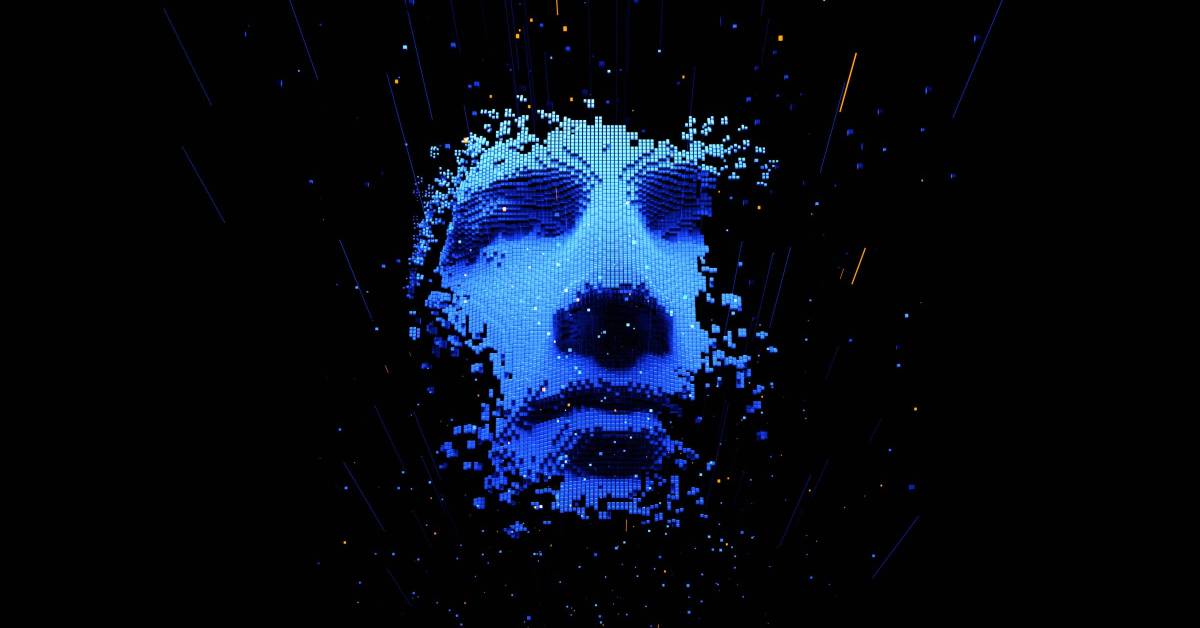AI Breakthrough: GPT-4.5 Shatters Human-Machine Boundary in Groundbreaking Turing Test

In a groundbreaking experiment that blurs the lines between human intelligence and artificial intelligence, researchers have once again demonstrated the remarkable capabilities of advanced language models. GPT-4.5 recently underwent a rigorous Turing test, revealing just how indistinguishable AI-generated responses have become from human communication.
The test, designed to challenge participants' ability to differentiate between human and AI interactions, showcased the model's uncanny ability to mimic human conversational patterns with unprecedented accuracy. Participants struggled to identify which conversations were generated by AI and which were crafted by human minds, highlighting the rapid evolution of language AI.
This latest demonstration serves as a powerful reminder of how quickly artificial intelligence is advancing, raising both excitement and profound questions about the nature of intelligence, communication, and the increasingly thin line separating human and machine interaction. As AI continues to push the boundaries of what we once thought possible, the Turing test results offer a fascinating glimpse into a future where artificial intelligence becomes increasingly sophisticated and human-like.
